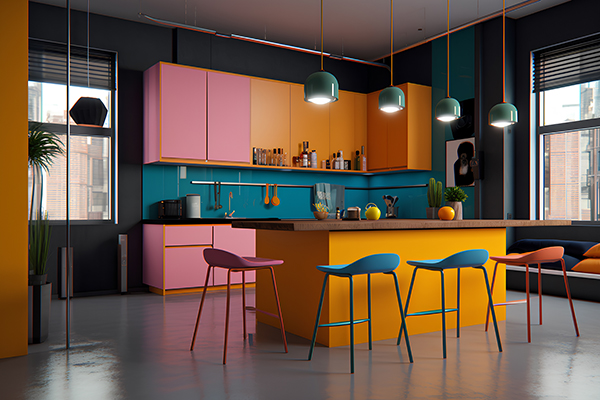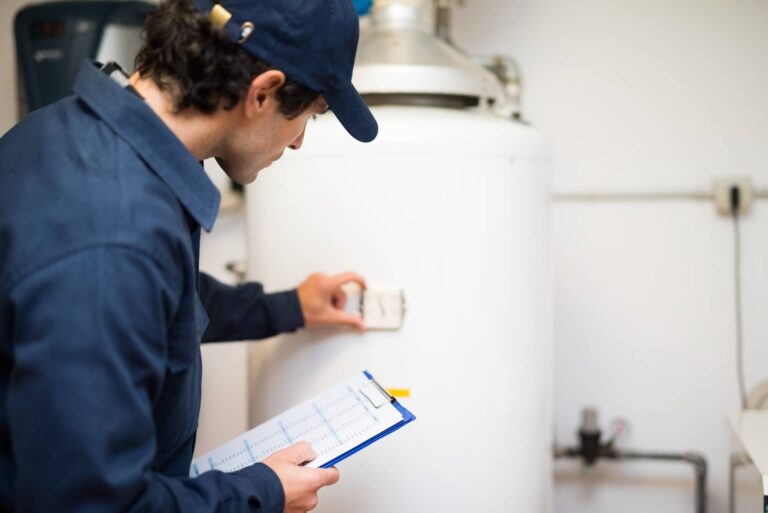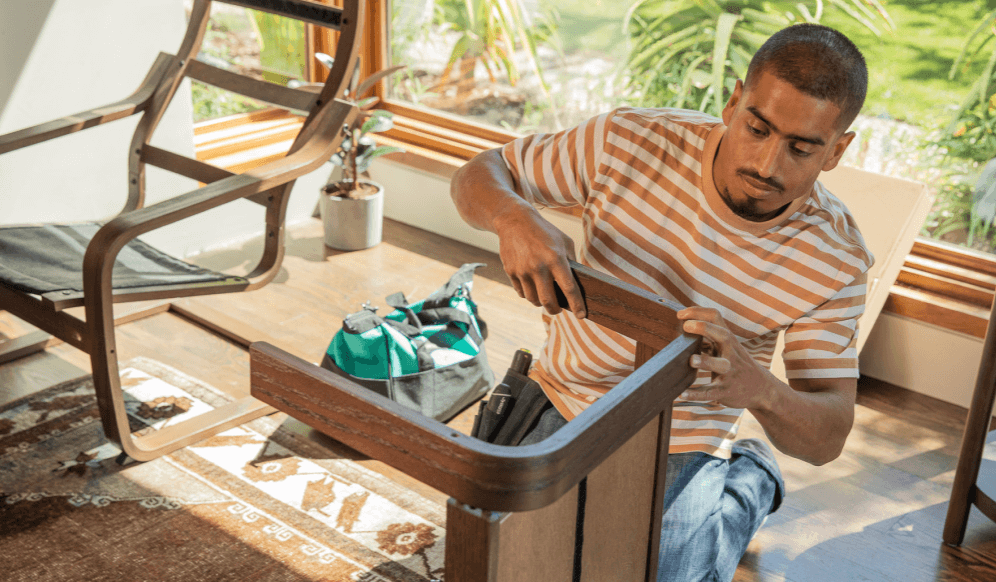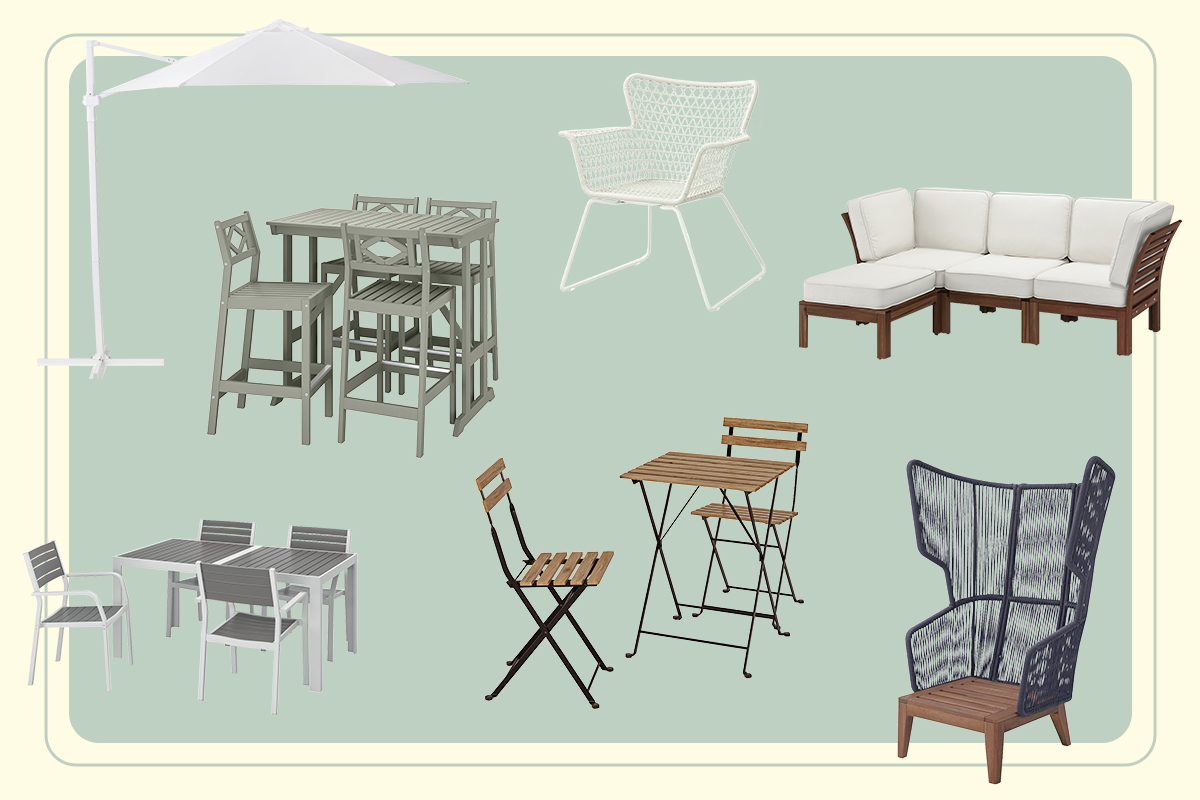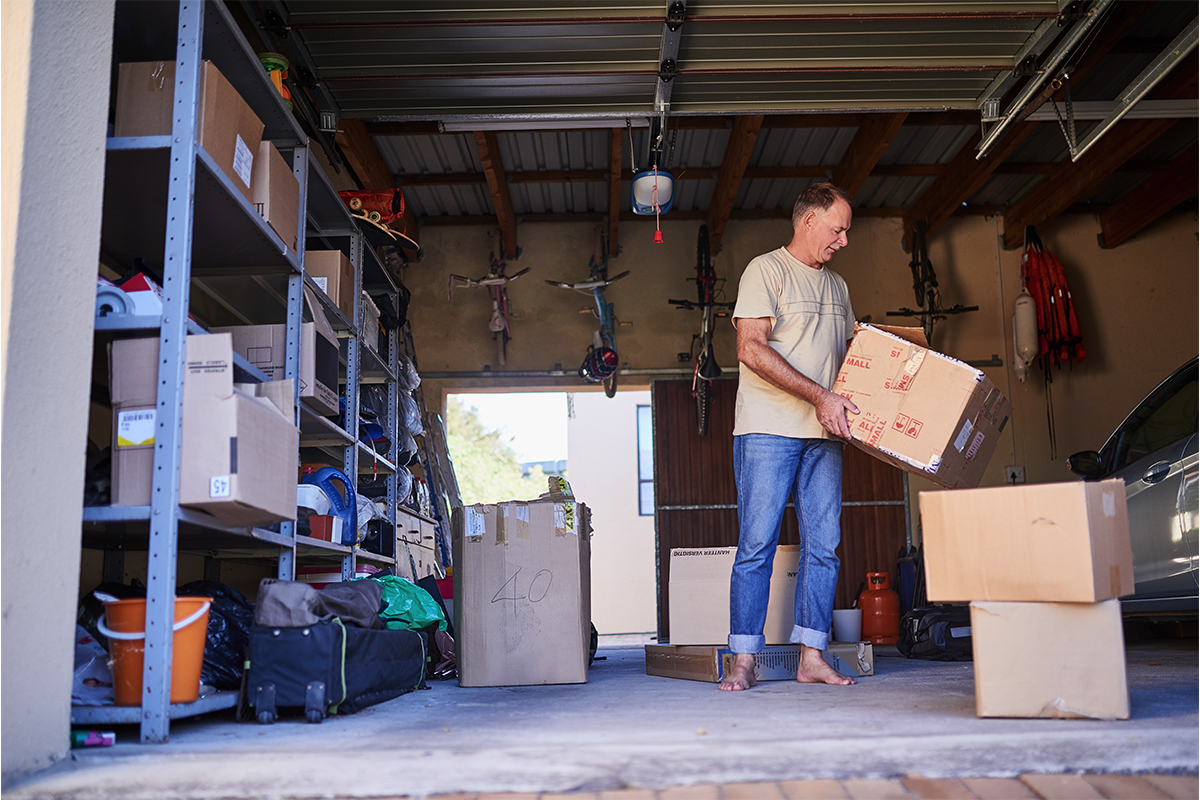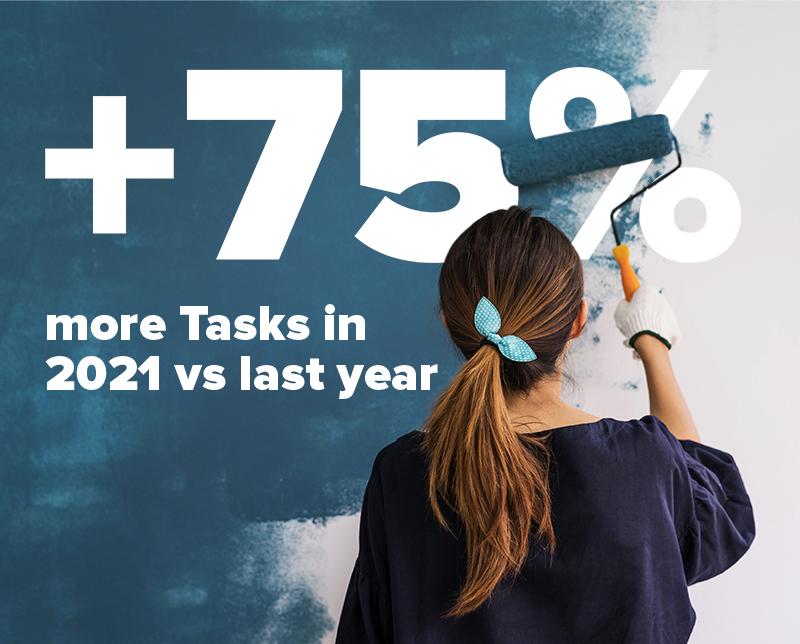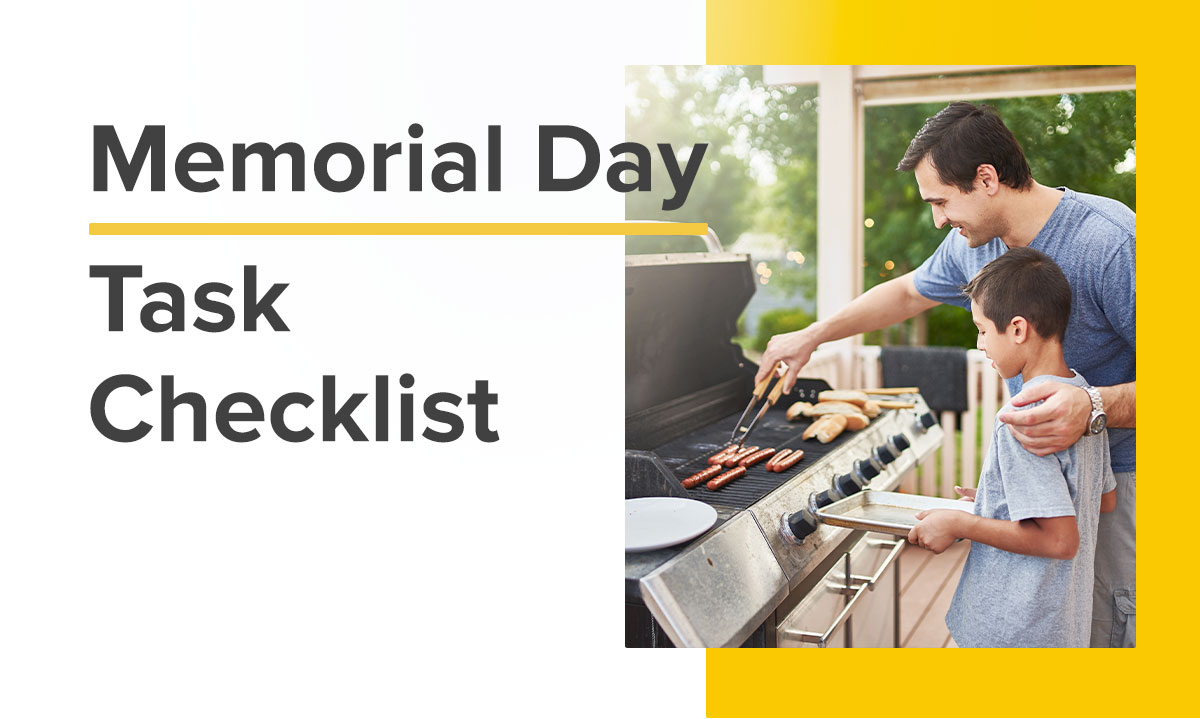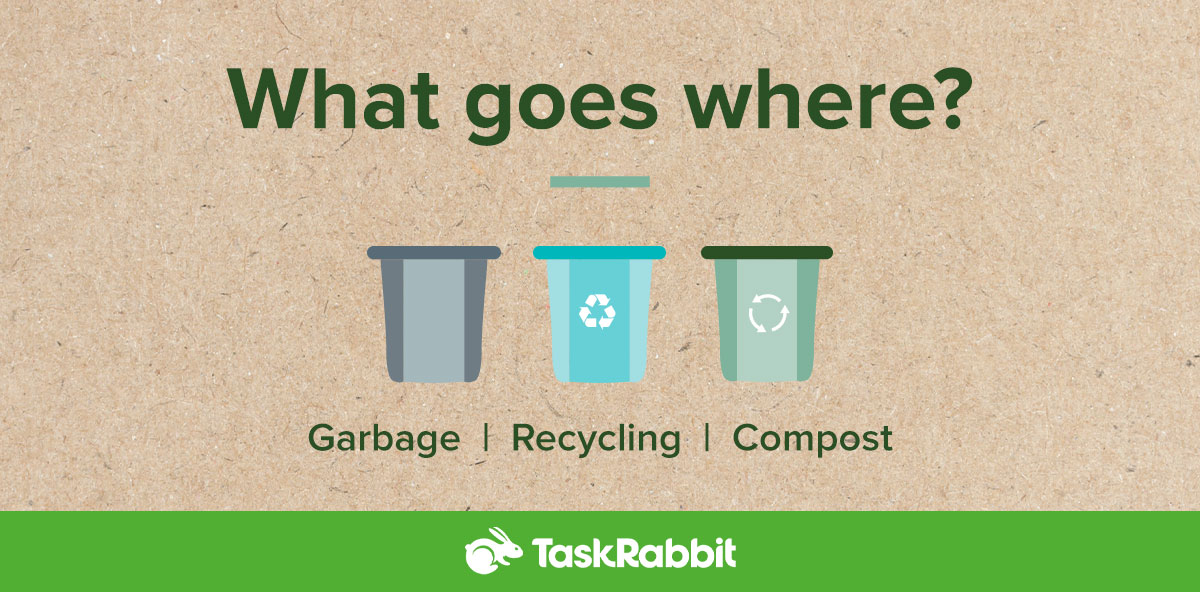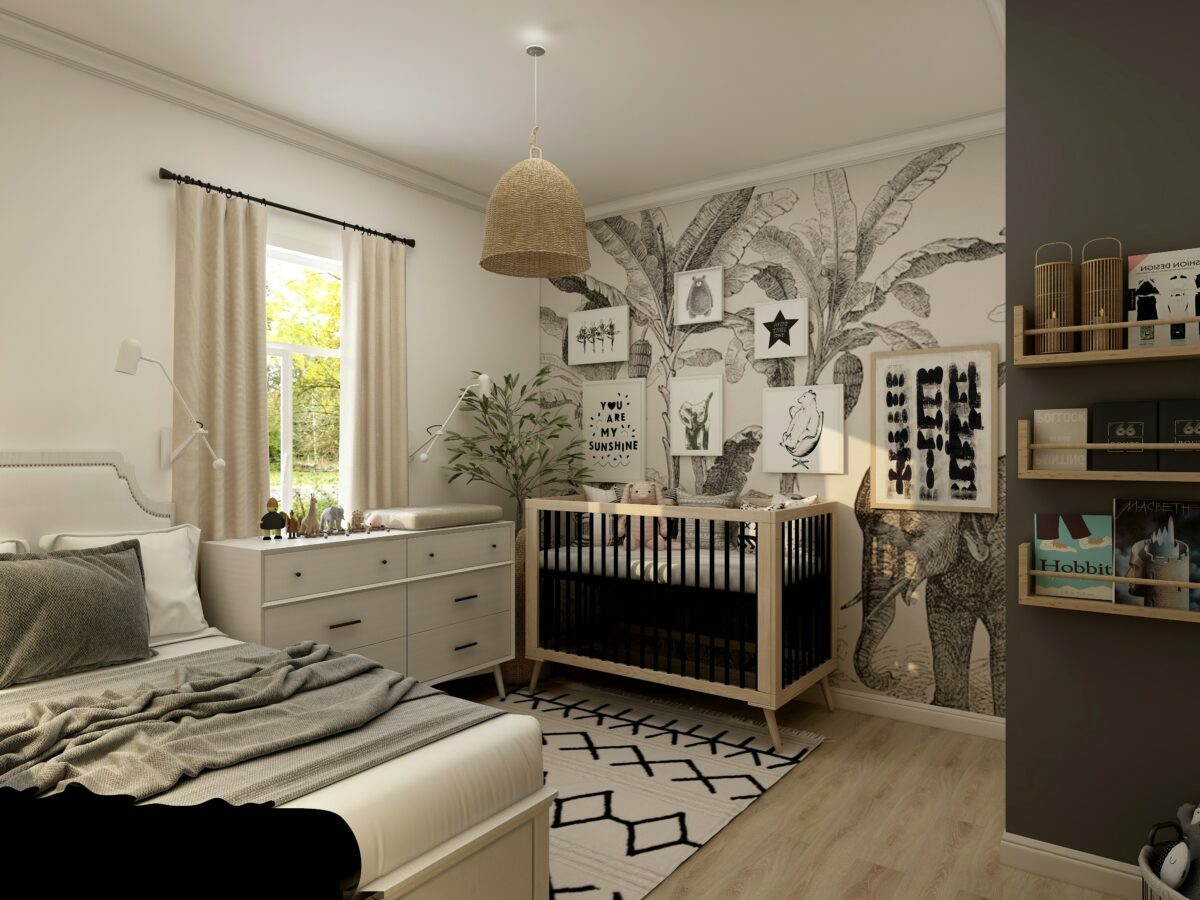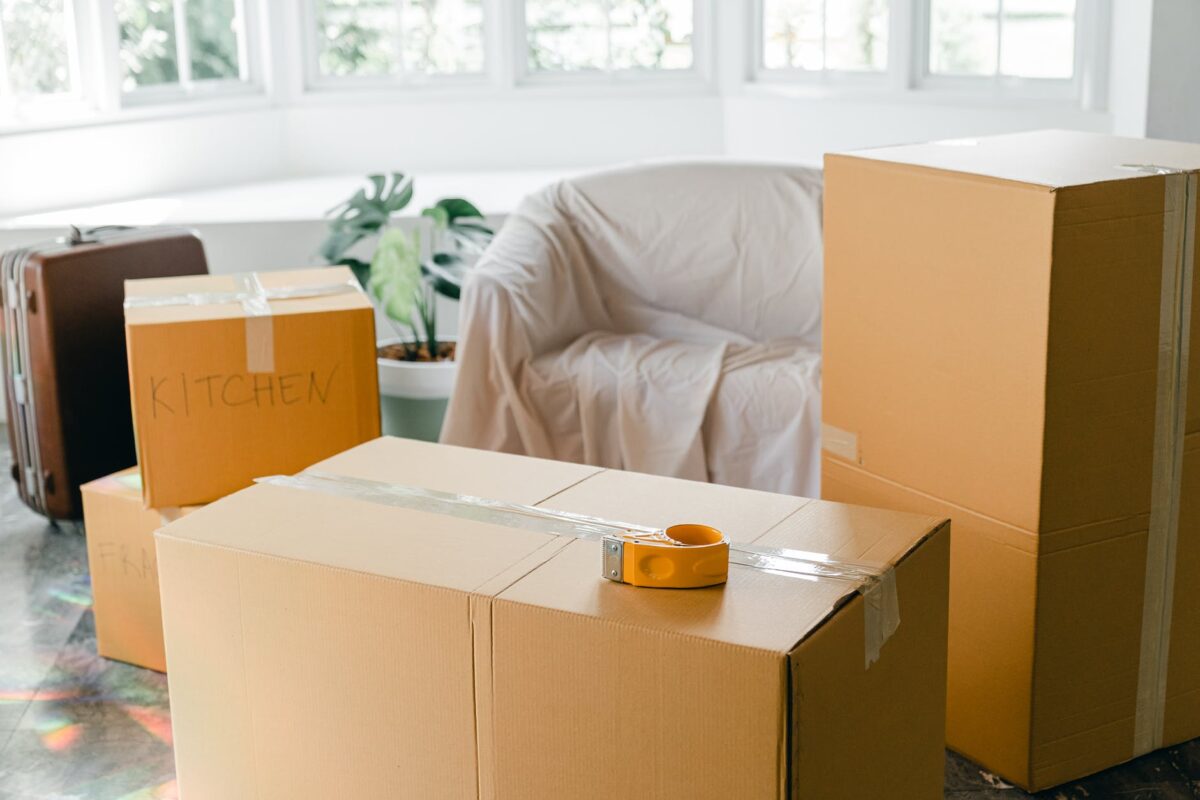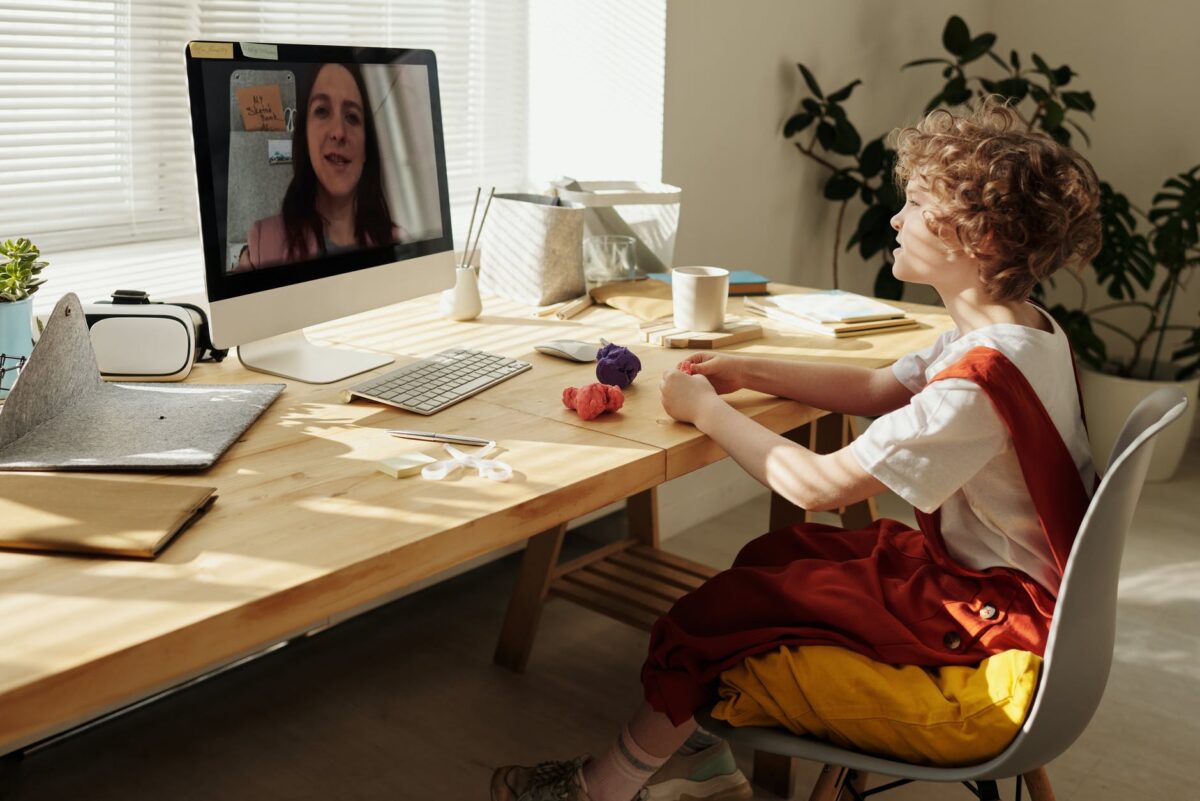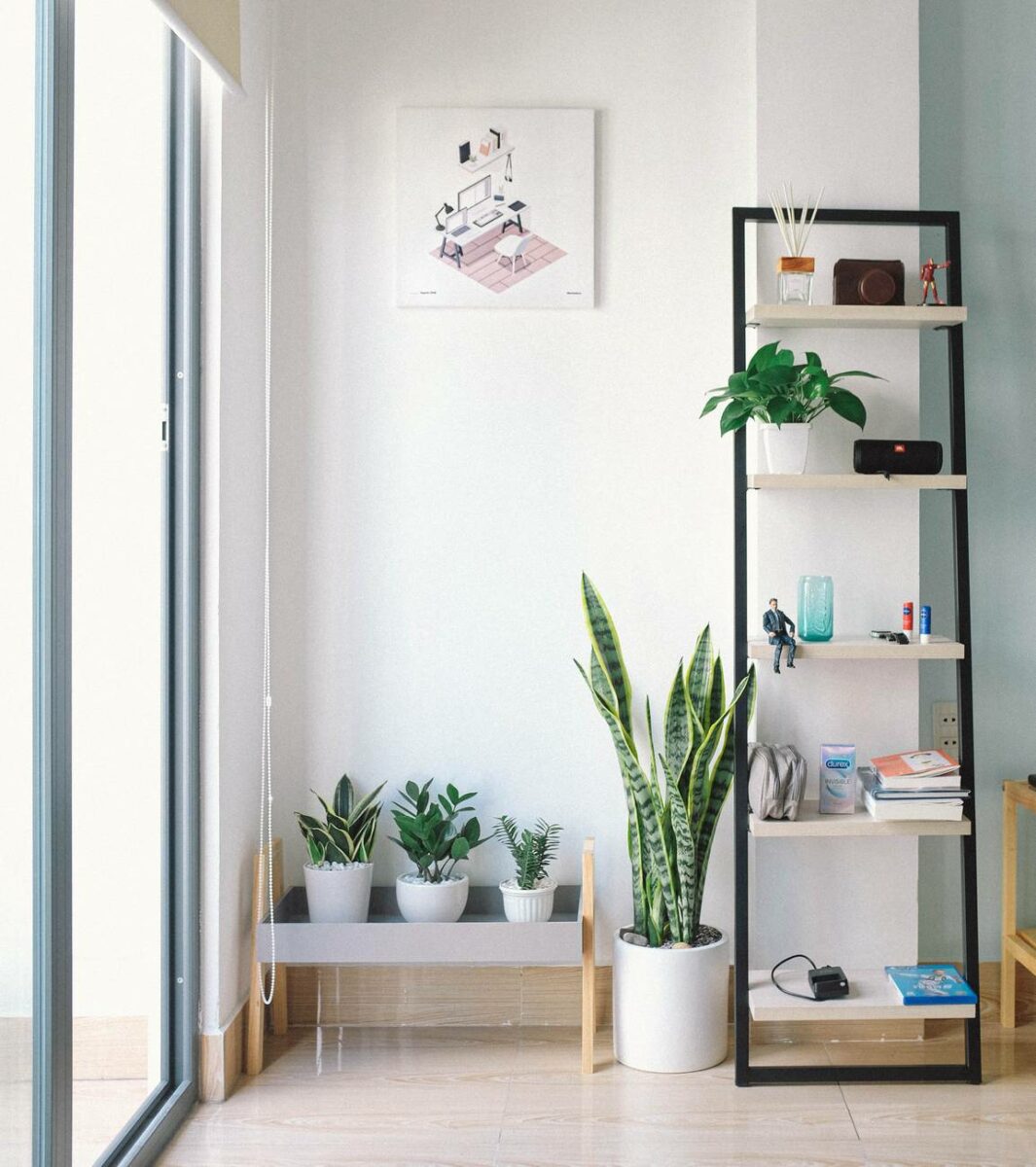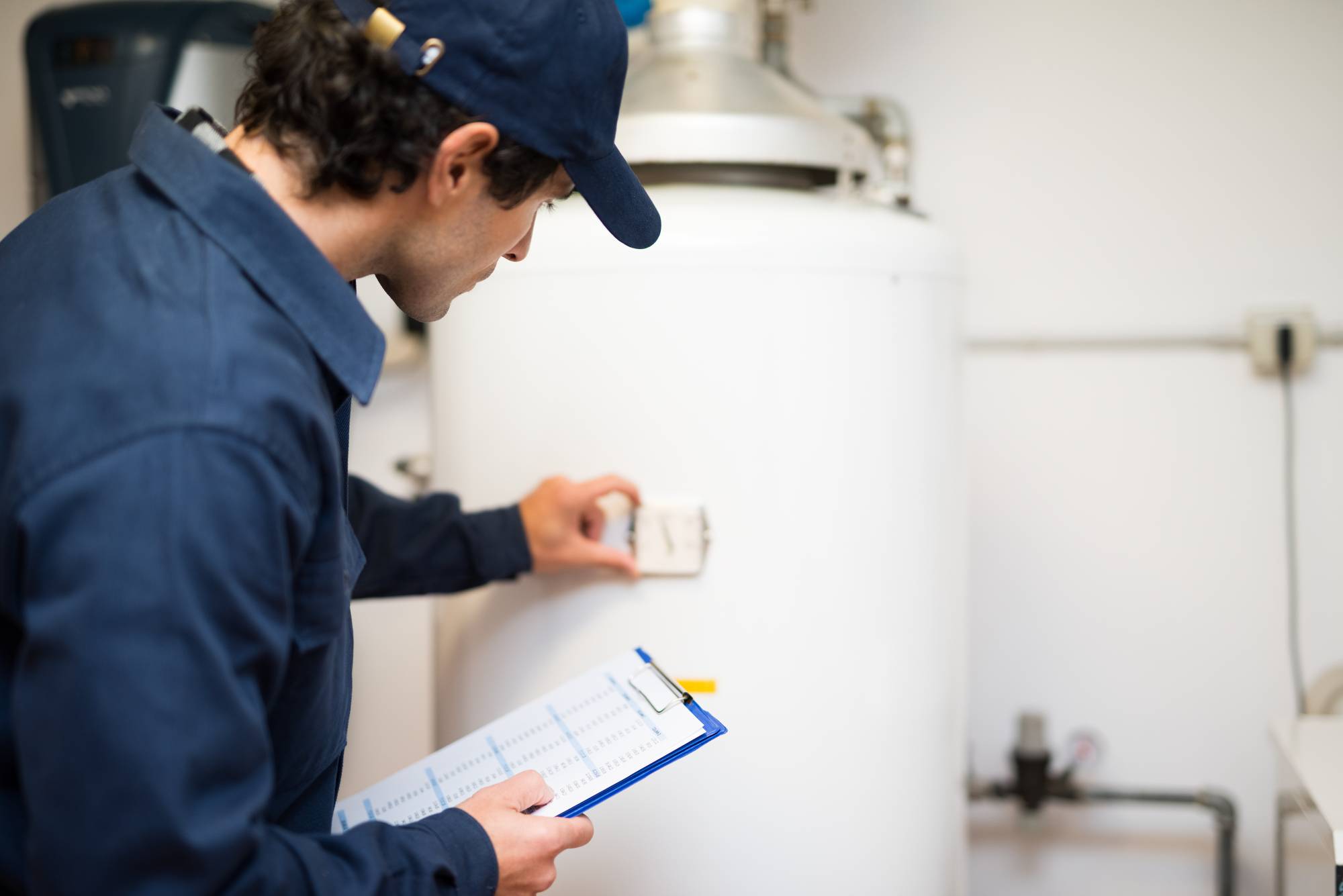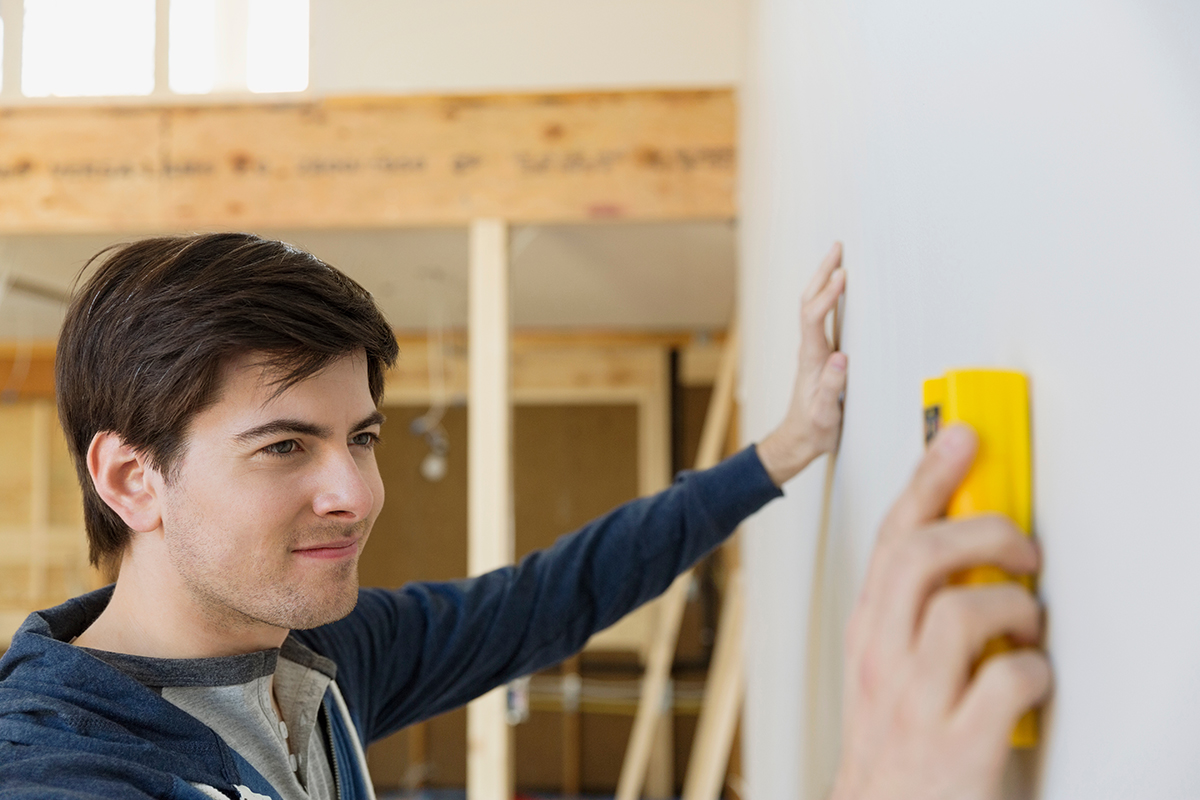The average cost for painting kitchen cabinets is $750 for a full kitchen, but it can go as high as $1,250. According to Forbes, costs can be as low as $400 for a smaller kitchen.
When it comes to giving your kitchen a fresh look, painting your cabinets can be a cost-effective way to achieve that goal. While the cost of painting cabinets can vary based on a few factors (like the size of your kitchen and the materials used), the overall cost is much less than completely replacing your cabinets.
Cost to Paint Cabinets
| Average Cabinet Painting Costs | |
| Average Cost | $750 |
| Highest Cost | $1,250 |
| Lowest Cost | $400 |
Cost By Square Foot
To get a feel for how much you’ll need to paint kitchen cabinets, you can find the square footage of your kitchen area and then multiply it by a rate ranging from $3 to $10 per square foot.
If you decide to take on the project yourself, the cost will be towards the lower end, at around $3 per square foot, especially if you opt for lower-quality paint. Conversely, if you hire a professional painter, especially in cities with a high cost of living, the price may rise to around $10 per square foot.
But the square footage of a kitchen doesn’t always directly line up with the number of cabinets. Larger, minimalist kitchens may have fewer cabinets, and smaller, cluttered kitchens might have more, so you can also consider using the linear footage of your cabinets as an alternative.
As a general guideline, budget between $30 and $60 for each linear foot of cabinetry. For instance, if your kitchen has 20 linear feet of cabinets, the total cabinet painting cost would fall from $600 to $1,200.
Cost Per Hour
When hiring professional painters for your kitchen cabinet project, you can expect labor costs typically ranging from $20 to $50 per hour. The average cost per hour for a painting Tasker is $54, and ranges between $45 and $65.
It’s important to note that the hourly rate may be higher in areas with a higher cost of living, potentially reaching as much as $100 per hour for local painters.
All painters are different. Some may base their fees on the linear feet of cabinetry or the number of doors, drawers, and cabinets they’ll work on. It’s worth mentioning that additional tasks and considerations can impact the project’s overall cost. For instance, if painters are responsible for relocating and reassembling your appliances before they can work, this will increase the project’s time and cost. If you hire a Tasker, they will base the cost on the hours worked and pass on any material expenses to you.
Prep work is another essential aspect of cabinet painting, and it plays a role in determining the project’s duration and cost. This includes addressing any problematic cabinets, removing hardware and hinges, dismantling doors, sanding surfaces to achieve a smooth finish, and applying primer before the actual painting process begins. These prep steps are essential for achieving a high-quality result but can extend the project timeline and add to the overall expenses.
On average, professional painters can dedicate approximately 10 to 20 hours to complete a cabinet painting project. The specific duration will depend on the size of your kitchen and the existing condition of your cabinets. Should your cabinets require additional coats of paint for the desired finish, it’s important to factor in extra time and paint quantities, which will further influence the project’s timeline and overall cost.
Factors That Will Impact Cost
Several factors can impact the cost of painting cabinets, including:
Type of Paint
The type of paint you choose for your cabinet project can significantly influence the overall cost. Higher-quality paints tend to come with a higher price tag but often provide better durability and a longer-lasting finish. Investing in premium paint can be a wise decision in the long run, as it can withstand the daily wear and tear that kitchen cabinets endure. Lower-quality paints may be cheaper initially but could result in quicker deterioration, potentially necessitating a repaint sooner, which can ultimately cost you more.
Colors
The color of paint you select for your cabinets can also impact the cost. Some colors may require more coats to achieve full coverage or involve more intricate application techniques, adding extra labor time and material costs. For instance, painting over dark colors may require additional coats to hide the underlying color, while painting over light or neutral shades may require less effort. Custom or specialized colors may also come with a premium price, so it’s essential to factor in color-related expenses when planning your cabinet painting project.
Types of Cabinets
The style and material of your cabinets will play a role in determining the cost. Cabinets with intricate details, such as raised panels or moldings, can be more time-consuming to paint, as they require careful attention to ensure the paint reaches all the nooks and crannies. The material of your cabinets can also affect the paint adherence and coverage. For example, painting over laminate or veneer surfaces may require additional preparation and priming steps, increasing labor and material costs.
Kitchen Size
The size of your kitchen is a critical factor that directly impacts the cost of painting your cabinets. Larger kitchens have more cabinet surface area, meaning higher labor and paint costs. Suppose your kitchen has an open-concept design with cabinets in multiple areas, such as an island or a bar. In that case, these additional surfaces will also contribute to the overall expense. When budgeting for your project, remember that larger kitchens generally require a higher investment.
Additional Costs to Consider
Prep Work
Preparing your cabinets for painting is a critical step that can impact both the cost and the final result. This includes repairing damaged or uneven surfaces, removing hardware and hinges, and sanding to create a smooth painting surface. Proper preparation ensures a professional finish but may extend the project timeline and incur additional labor costs.
Other Materials
Besides paint, there are various other materials you may need to consider in your budget, like primer, brushes, rollers, drop cloths, masking tape, and sandpaper. The quality of these materials can affect the outcome of your project, so set aside money specifically to make sure you have the right supplies!
Refacing
If your cabinets are in poor condition or you want to upgrade their appearance in a big way, cabinet refacing is an option. Refacing involves applying a veneer or new cabinet doors and drawer fronts over the existing structure. While it can give your kitchen a brand-new look, it is a more extensive and costly process compared to traditional cabinet painting.
New Hardware
Don’t forget to account for the cost of new cabinet hardware, such as knobs and handles, if you plan to replace them as part of your cabinet makeover. Homeowners often find that these small additions make a big difference for the overall look of your kitchen but may require a separate budget allocation.
Professional vs. DIY Cost
While it’s tempting to save some money by painting your kitchen cabinets alone, the process often requires an experienced touch. Many cabinets have fine details built into them, meaning you have to be extremely careful when painting. If you have a more straightforward cabinet style, it might be worthwhile to do it yourself, but consider hiring an experienced Tasker if you want to play it safe.
Questions to Ask Before Hiring
What Is Your Experience?
Ask about the painter’s experience in the industry, including the number of years they’ve been in business. Request references or examples of past projects to gauge the quality of their work.
Are You Licensed and Insured?
Ensure the painter holds the necessary licenses and insurance coverage, including liability insurance and worker’s compensation. This will protect you in case of accidents or damage during the project. If you’re hiring a Painting Tasker, you can rest assured that Taskrabbit’s Happiness Pledge covers their work.
Can You Provide a Detailed Estimate?
Request a detailed written estimate outlining all the costs involved, including labor, materials, paint, and additional fees. Make sure it includes specifics about the scope of work and the timeline for completion.
What Paint and Materials Will You Use?
Ask about the type and brand of paint they intend to use and any other materials. Ensure that they are using high-quality products suitable for your specific project.
Do You Have a Portfolio or References?
Ask for a portfolio of their previous work or references from past clients. This way, you can get insight into their style, attention to detail, and the quality of their craftsmanship.
What Is Your Process for Prep Work and Cleanup?
Understand the painter’s process for preparing the surfaces before painting (e.g., sanding, priming) and how they handle cleanup after the project is complete. A well-planned preparation and cleanup process is essential for a successful painting job.
What Is the Payment Schedule and Terms?
Clarify the payment schedule and terms, including the initial deposit, progress payments, and the final payment. Ensure these terms are clearly defined in the contract to avoid misunderstandings.
Pros and Cons of Replacing Cabinets (Versus Painting)
There are several benefits to painting your cabinets rather than replacing them, including:
Cost Savings
Cost savings is one of the most significant advantages of painting your cabinets instead of replacing them. Cabinet replacement can be a substantial expense, involving the cost of new cabinets, labor for removal and installation, and potential changes to the kitchen layout. Conversely, painting is a more budget-friendly option, allowing you to achieve a fresh look without breaking the bank.
Less Disruption
Painting cabinets is a relatively quick process compared to cabinet replacement, which can cause significant interruption to your daily routine. Cabinet replacement usually involves tearing out old cabinets, modifying plumbing and electrical connections, and a longer installation process. Painting, on the other hand, can typically be completed within a shorter timeframe, minimizing the disruption to your household.
Customizable
When you paint your cabinets, you can customize the color and finish to match your style and preferences. This level of personalization is not as readily achievable with pre-fabricated replacement cabinets, which may have limited options.
Eco-friendly
Painting cabinets is a more environmentally friendly option compared to cabinet replacement. Cabinet replacement generates substantial waste as old cabinets are removed and discarded. By choosing to paint and refresh your existing cabinets, you reduce the environmental impact and contribute to sustainability efforts.
Cons of Painting Cabinets
Imperfections
One potential drawback of painting cabinets is that imperfections on the cabinet surfaces, such as scratches or dents, may become more noticeable once you paint over them. Proper surface preparation is crucial to minimize these imperfections, but some may still be visible.
Time-consuming
Painting cabinets can be time-consuming, especially if you’re tackling it as a DIY project. It involves multiple steps, including cleaning, sanding, priming, painting, and allowing sufficient drying time between coats. Hiring a professional can expedite the process at an additional cost.
Cleanliness
Freshly painted cabinets may show dirt, dust, and fingerprints more prominently than in their original state, making them more challenging to maintain. Regular cleaning and maintenance are necessary to keep painted cabinets looking their best.
Cost (Compared to Staining)
While painting cabinets is generally cost-effective compared to replacing cabinets, it can still be more expensive than simply staining them. Staining allows the natural wood grain to show through and requires less labor and materials than painting, making it a more budget-friendly option if you prefer a wood finish. However, staining may not offer the same color and style customization as painting.
How to Save Money Painting Cabinets
There are several ways to save money when painting cabinets, including:
Choosing a Lower-Cost Paint
Save money when painting cabinets by selecting a more affordable paint option. While premium paints may offer superior durability and coverage, lower-cost paints can still provide satisfactory results for a fraction of the price. Look for mid-range or budget-friendly paint brands that balance quality and cost well. Read reviews and check for recommendations to ensure the chosen paint will meet your needs. Remember that you may need to apply an extra coat or two with budget paint, but this additional effort can be worth the substantial savings it offers.
Doing the Prep Work Yourself
Another cost-saving strategy is to handle the prep work yourself, including cleaning, sanding, and priming the cabinets before painting. Prepping your cabinets before painting is essential for achieving a smooth and professional finish. By taking on these tasks personally, you can reduce labor costs. While it requires some time and effort, doing the prep work yourself can result in significant savings and gives you greater control over the quality of the preparation.
Choosing a Simpler Color or Finish
The paint color and finish choice can also influence your overall cabinet painting cost. Opting for a more straightforward color or finish, such as a basic white or a satin finish, is generally more budget-friendly than choosing complex or custom colors and high-gloss finishes. Simple colors and finishes often require fewer coats of paint and may involve less extensive surface preparation, saving you time and materials costs. If you have a tight budget, consider classic and neutral colors that can easily complement various kitchen styles, and you can always add personal touches with accessories and décor.
Doing It Yourself
Perhaps the most significant opportunity for cost savings when painting cabinets is to undertake the project yourself if you have the time, experience, and confidence in your DIY skills. You can significantly reduce the overall expense of cabinet painting by eliminating labor costs. However, being realistic about your capabilities and the project’s scope is essential. Painting cabinets involves multiple steps, including thorough surface preparation, precise painting techniques, and proper drying times between coats. If not done correctly, it can lead to subpar results that may require costly fixes later. No clue what you’re doing? In that case, it might be wise to consult tutorials, seek professional advice, or consider a smaller DIY project to build your skills before tackling your kitchen cabinets.
Save Time With Help From A Tasker
If you need help painting your cabinets, hire a Tasker today! Taskers are experienced and ready to help at a moment’s notice. So please don’t feel like you need to do it all on your own. Just task!
Cabinet Painting Cost FAQs
How Much Does It Cost to Paint Kitchen Cabinets?
The cost to paint kitchen cabinets can vary widely, but as a rough estimate, it may range from $3 to $10 per square foot. The final cost depends on factors like the size of your kitchen, the type of paint used, and whether you hire professionals or do it yourself.
What Factors Influence the Cost of Painting Cabinets?
Several factors affect cabinet painting costs, including the type of paint chosen, the color and finish, the condition and style of your cabinets, and the size of your kitchen. Additional expenses may include prep work, materials, and labor.
Is It More Cost-Effective to Paint Cabinets or Replace Them?
In most cases, painting cabinets is more cost-effective than replacing them. Cabinet replacement involves not only the cost of new cabinets but also labor for removal and installation, potentially leading to a significantly higher expense. Painting cabinets offers a budget-friendly way to achieve a refreshed look.
Can I Save Money By Doing the Cabinet Painting Myself?
Yes, painting cabinets yourself can save money on labor costs. However, having the necessary skills and knowledge to achieve professional-looking results is essential. Improperly painted cabinets may require costly corrections. DIY painters should also consider the time and effort involved in cabinet painting.
Are There Any Eco-Friendly Options for Cabinet Painting?
Yes, cabinet painting can be more eco-friendly than cabinet replacement, which generates substantial waste. To make it even more environmentally friendly, opt for low-VOC or zero-VOC paints, which emit fewer harmful chemicals into the air during and after painting. Additionally, consider refinishing or repurposing existing cabinets instead of replacing them to reduce waste.
Last updated on April 23, 2025 by Boris Zahariev

